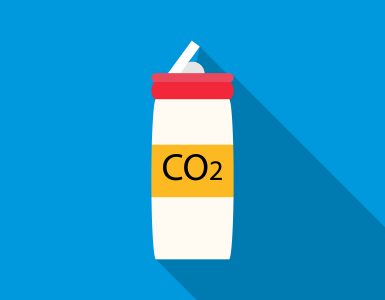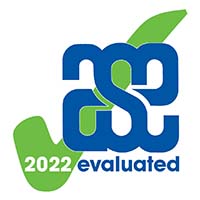Learn with Amy how we can generate electricity from different types of energy. Then, explore the basics of transferring chemical energy into movement energy as you design your own simple motor using a battery, copper wire, and a neodymium magnet.
Batteries contain chemicals, which mean they have chemical energy stored inside them. That energy can be transferred into electrical energy to turn a motor. Try this experiment to see how it works.
What you will need :
- AA Battery
- Copper wire
- Neodymium Magnets
What to do :
- Place your neodymium magnets on the flat side, the negative end, of your battery.
- Place the magnet and battery on a flat surface, standing upright.
- Twist a length of copper wire into a coil shape, making sure there is a contact point at the top where the wire will touch the positive tip of the battery.
The coil shape should be wide enough to spin freely around the battery and the coil should be long enough to reach the magnets at the bottom. Make sure that the bottom of the coil surrounds, or hugs, the magnets.
Does anything change to the motor if you use more or less batteries?
Can you make any other shapes of coil? Does that change the rate of spin?
What is happening :
When the copper wire touches the battery and the magnets, a circuit is made, the battery changes its chemical energy into electrical energy, which flows through the copper wire.
When the electrical energy in the copper wire interacts with the magnetic field of the magnet, a force is created that pushes the wire. The electrical energy in the wire is transferred into movement / kinetic energy.
From the 17th to 23rd August 2020, Glasgow Science Centre ‘s #GSCAtHome campaign ran a week-long special on Powering The Future, with a series of seven engaging videos on the theme of energy.
Produced in an “at-home” style the videos introduce concepts of energy and provide instructions on how to carry out some simple experiments at home or in the classroom.
- Energy – What’s the big idea?
- Make your own water wheel
- Make your own motor
- Make your own wind turbine
- Future Transport
- Popping Potential
- Invisible Fire Extinguishers
All the videos are presented by Glasgow Science Centre’s team of Science Communicators and are free to view and use in the classroom.











